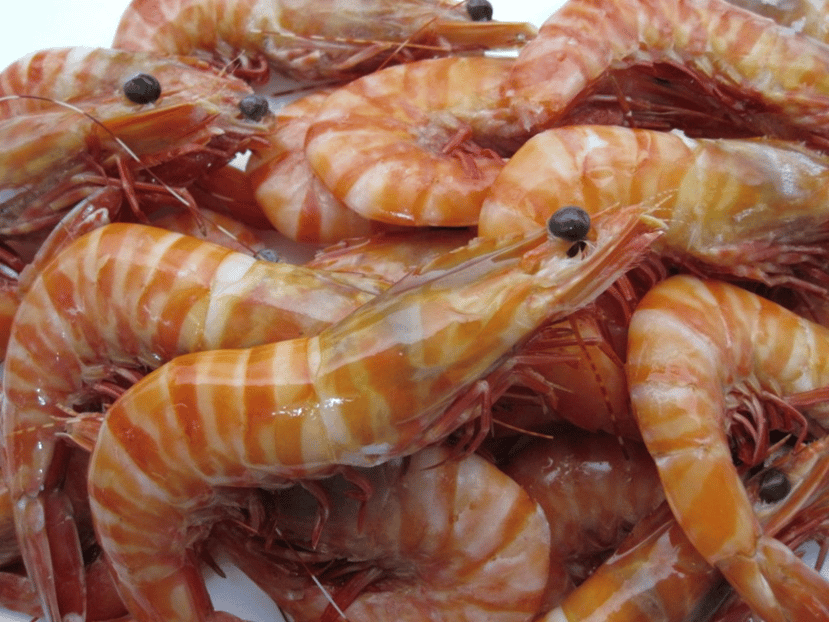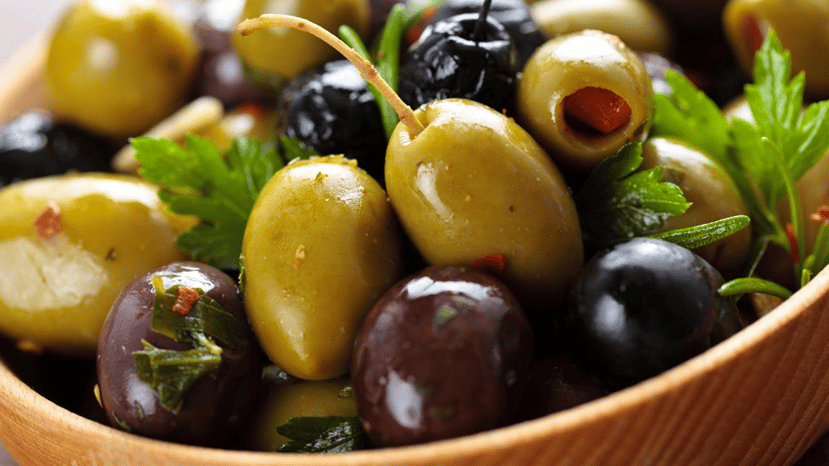8. Prawns

Prawns stand out among other seafood when it comes to chlorine content. Canned tuna, with all the brine, contains 690 milligrams of chlorine, but as few as 6 prawns can contain a massive 2,550 milligrams. The prawns themselves naturally have lots of chlorine, but other factors like the water they’re washed in, and the diet they are fed while they are still alive may lead to a significant increase in their chlorine content.
9. Olives

Olives are as divisive as politics – they either have rabid fans or rabid haters. This is because the taste is rather unusual: it’s some combination of too salty and too bitter, and the texture is somewhere between crunchy and mushy. But whatever your opinion on olives is, it doesn’t change the fact that they are high in dietary chlorine. A mere 5 olives already contains 3,000 milligrams of chlorine. A helpful way to eat olives if you’re not fond of the taste is to chop them into smaller pieces and include them in a dish like pasta.










